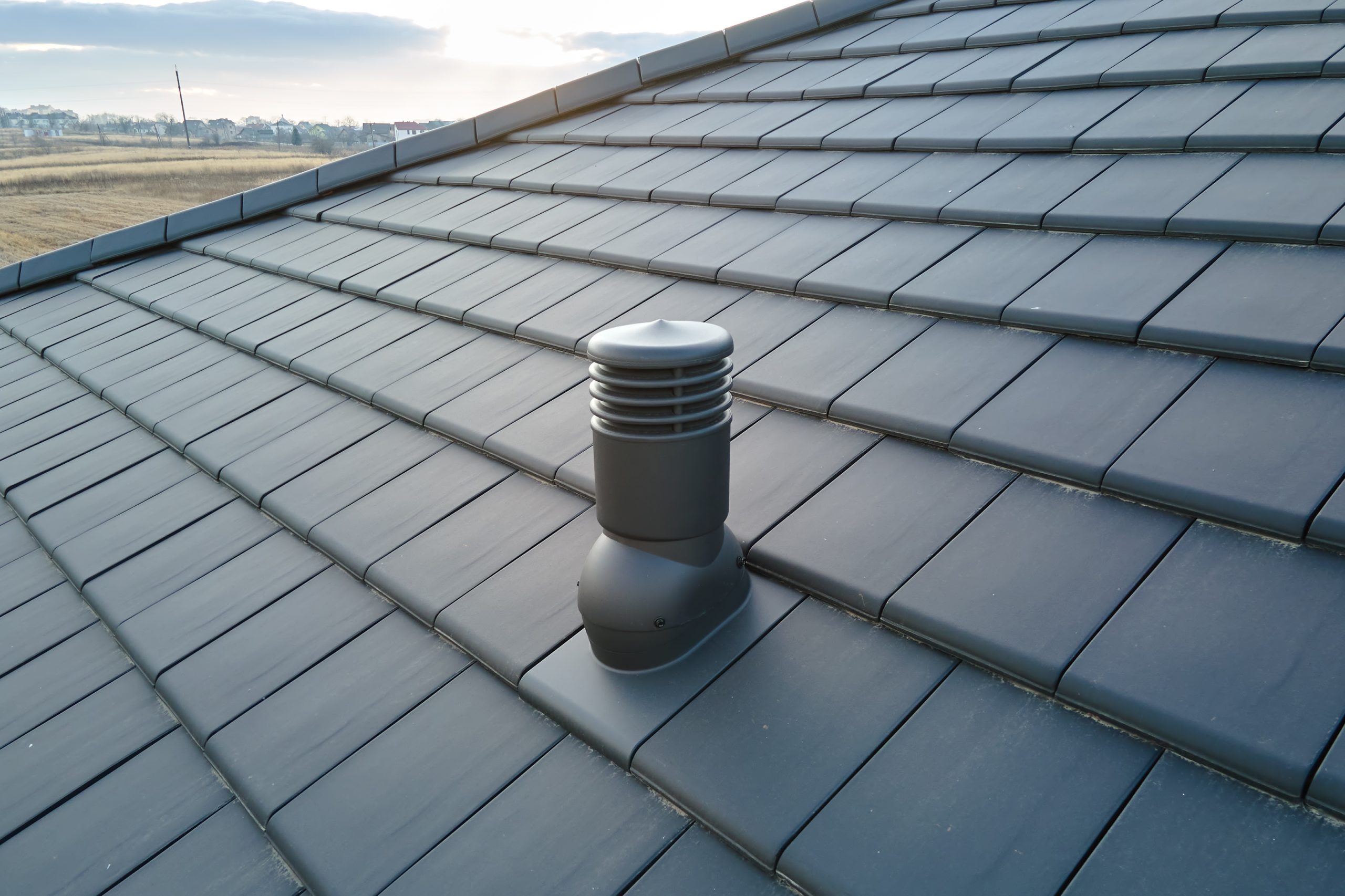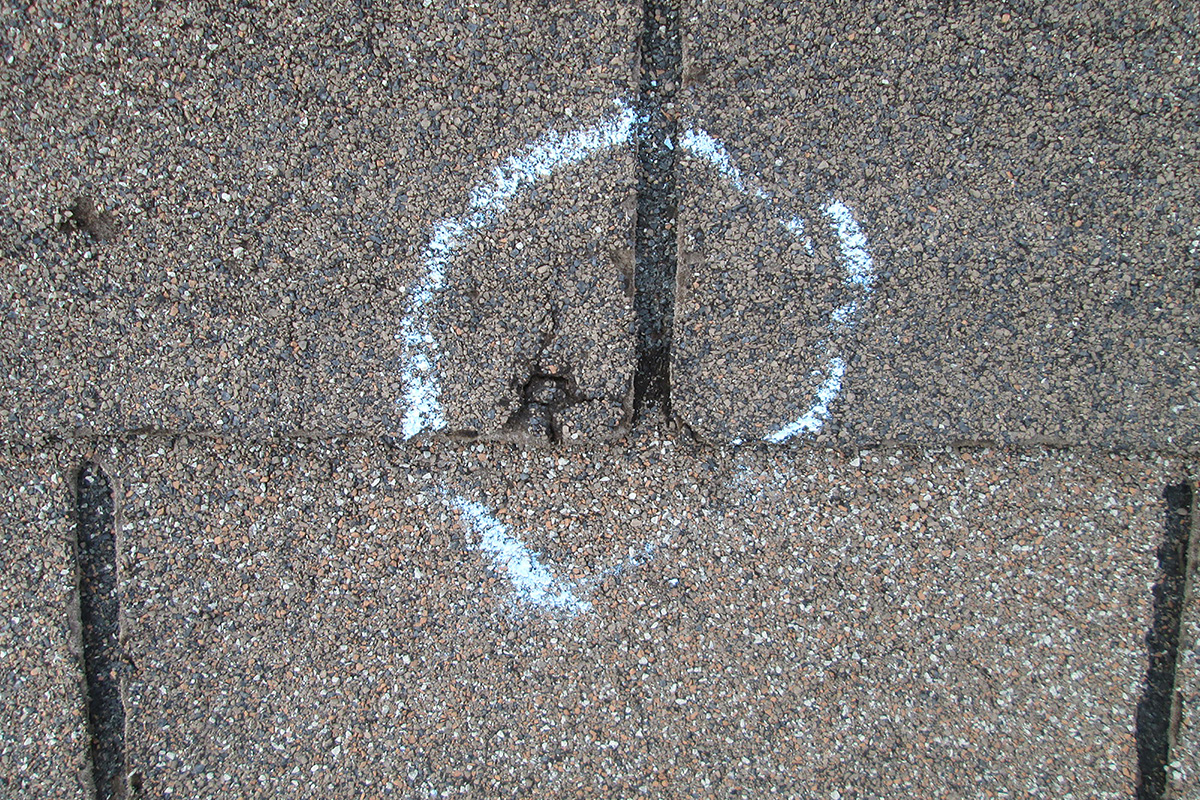Cleaning and Maintaining Your Gutters
The weather in Western New York can wreak havoc on your gutters causing a variety of problems. A properly working gutter system helps to prevent mold growth, deck, foundation and siding damage, landscape destruction, and infestation. Proper care and maintenance of your gutter system is essential to control the flow of rainwater. This will protect your roof, walls, foundation and landscape from water damage. If neglected, your gutters can be clogged with leaves, sticks and other debris. Obstructions cause leaky roofs or water damage, so knowing how to properly maintain and clean your gutters is an integral part to protecting your home’s well being.
Scoop out debris
Your should always start at a drain at the low end of a gutter and work away from the drain outlet. Using a narrow garden tool or a gutter scoop, scoop out loose debris into a plastic bucket. This is easier if the debris is slightly damp, but not soggy or dried out.
Blast the gutters with a hose
Using an on-off high-pressure hose nozzle, mount it onto the end of a water hose and wash out each length of the gutter. This time you will be working toward the drain outlet. Use a stiff scrub brush if there is encrusted dirt that is not easily washed away.
Clear Drainpipes
If water doesn’t flow freely down the drainpipes, you may have an obstruction. First try flushing the debris down the drain with a hose. If the drain is still clogged, use a plumber’s anger to free and pull out any debris from the bottom and push out from the top.
Maintenance
It is important to inspect and clear gutters in both spring and autumn. Check for rust, flaking, peeling paint, leaks and if they are rightly affixed against the fascia boards. If necessary, loosen dirt that has blown into your gutters and scrub them with a stiff brush. You can also flush your gutters with a hose if there are obstructions in the troughs and downspouts. Another important maintenance tip is to adjust the slope of your downspouts. If they are draining slowly, reposition them so they will slope at a rate of 1/4 inch per every 10 feet. Make sure your downspouts are releasing water away from your house. Options if they are not include downspout extenders and concrete or plastic splash blocks. Also, inspect the fascia boards for rot and damage.



